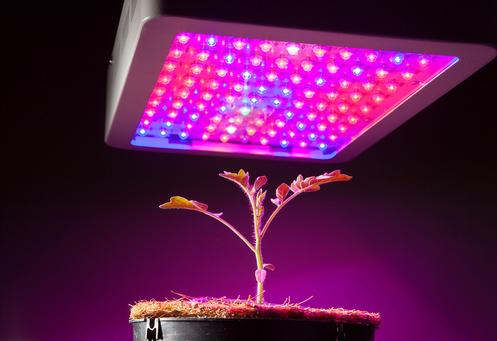When you think about growing a crop you think of a vast field, but not all of us have the benefit of growing our plants in nature. The climate or other specific features might be incompatible with certain plants or simply can’t provide the plants with the essentials for their growing process. This is why some of us have to exercise the gardening skills indoors, which comes with a problem: how can you provide enough light for your plants?
The answer to this problem is installing the best led grow lights on the business market, which can provide both light and heat to your plants. Setting up the lights for your indoor garden is easy, but you need to make sure you’ve invested in the right type of lighting fixtures.
Start with the basics
Plants need light to conduct the photosynthesis and the characteristics of the light influence this process a lot. During the photosynthesis, the plant converts the solar energy into chemicals which are used as nutrients by the plant, along with water. When you are looking for LED grow lights you need to check the spectrum, length and intensity of the light they can provide. At the same time, you have to know what type of light your plants need, as this is essential for their development and their overall health.
Plants stretch to get more light, so they will grow taller if they are shaded. This will prevent or postpone their ability to produce leaves and fruits. You want to provide enough light to your plants, so they won’t have to stretch towards it. But high-intensity light produces a lot of heat, which can damage the plants, especially seedlings. The key is finding a balance between the intensity of the light and the amount of heat it generates, so your plants will be able to thrive, benefiting from the LED lights.
How much light plants need
Many gardeners claim that plants require 24-hour lighting, but this is argued by a lot of specialists. In nature, plants get a limited amount of light, during the day. Just like humans regenerate during sleep, plants perform their vegetative growth during night-time. Providing 24/7 light for your plants might actually disrupt this natural process. Different species require different light-shade balance, but the general advice is to provide 20 hours of light and 4 hours of shade.
The spectrum of the light is also highly important for the plants because it triggers different processes in the plants’ life cycle. Blue colors resemble natural light and induce growth, while red or warm colors induce flowering. Depending on your crop, you might need to use both sides of the spectrum, alternating between the two. Choose LED lighting fixtures which enable you to switch from cool to warm colors. There are also types of lighting fixtures which develop only one type of light.
Different plants have different requirements, so before you start looking for the best LED grow lights you need to know how much light they need, in what spectrum and how much heat they can endure. After you chose the right lighting for your crop, you will be able to enjoy the harvest.




